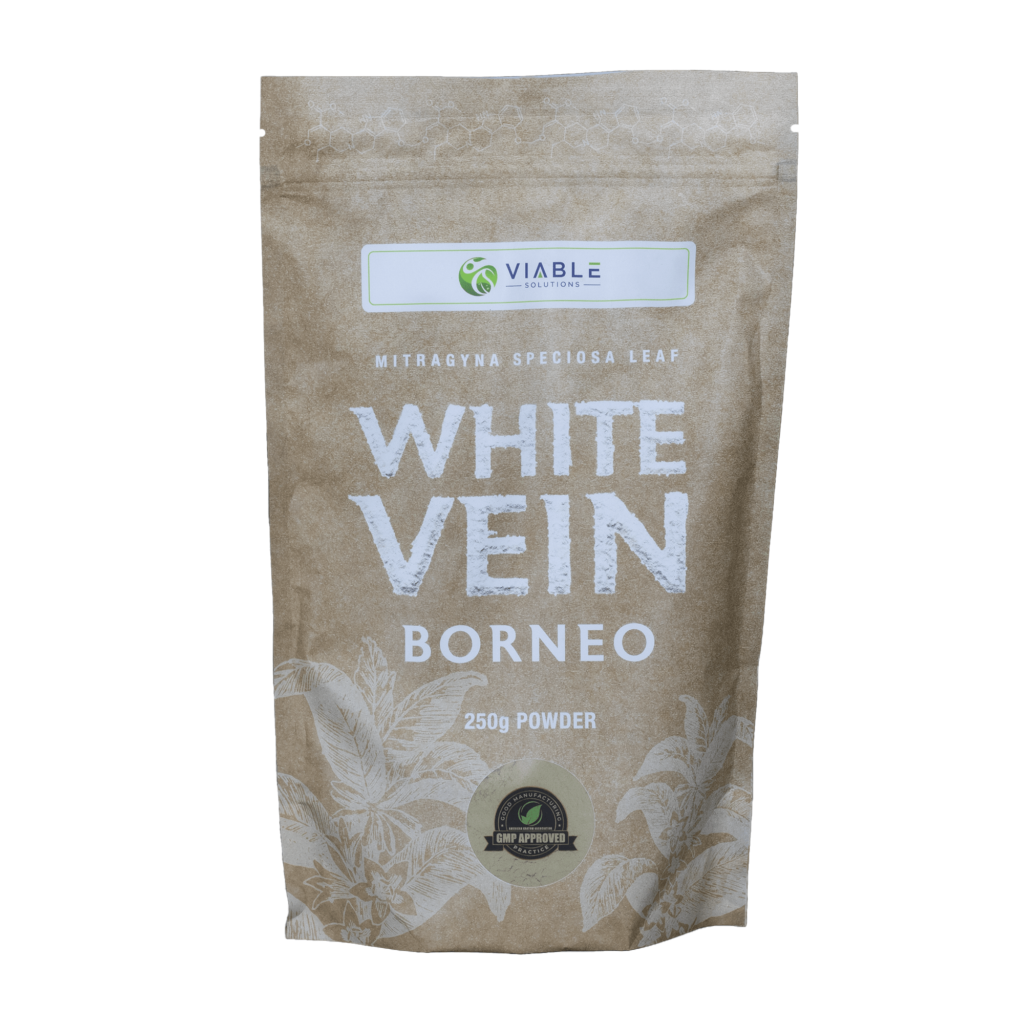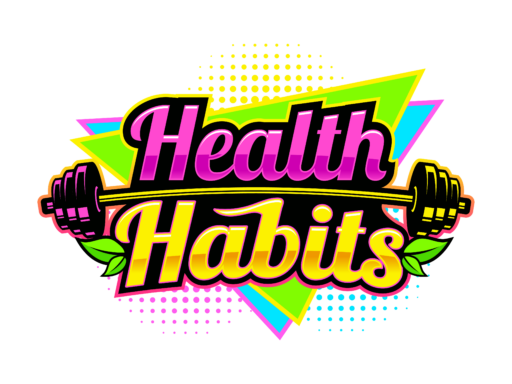There is nothing that will derail your health and training progress faster than getting injured. It’s absolutely the worst. Sometimes injuries are absolutely unavoidable. Other times, they are.
The reality is if you train hard, aches and pains are going to happen. This is especially true as you age.
Today we want to give you strategies that can help you in both the short term and long term. They can help you ease pain today so you can still train hard without turning to OTC painkillers, and they’ll help reduce the chances of nagging pains in the future.
1) Targeted Myofascial Release
Myofascial release is a fancy term that’s been adopted by the fitness industry to refer to self-massage. And with its popularity, the foam roller has become commonplace in gyms.
Now, I’m a proponent of foam-rolling in most instances. However, today we’re referring to something more targeted. In their book, The Trigger Point Therapy Workbook, authors Davies and Davies map out through decades of experience what tight areas refer pain to some areas.

For example, if you have outer leg pain, that can often be caused by “trigger points,” these tight areas of muscle, in the side glutes or the quadratus lumborum, a lower back muscle.
If you feel muscular pain then, or a nebulous pain or ache, one of the lowest risk ways to try and relieve the pain is to look for trigger points.
With the book, this is super easy, and if you have nagging pain you can’t seem to resolve, I highly recommend it. Even without the book though, examine which muscles feel tight. Whichever they are, grab a tennis ball and spend 30 seconds on the muscle.
You might feel instant relief.
Common trigger points include the upper glutes, lower back muscles, side glutes, pec muscles, and subclavius. So those are easy places to check.
As Davies and Davies suggest, frequency is king. Don’t spend five minutes on a trigger point. It’s more effective to spend 30 seconds five times a day. Within the context of your training, it’s easy to do in between sets, just bring a tennis ball with you to the gym.
2) Take 2-5g of Kratom
Kratom is an interesting substance for a host of reasons. One of its clear benefits though is its pain-relieving properties. The two alkaloids present in kratom attach to the opioid receptors in the brain (named because actual opiates attach to the same ones).
This explains this benefit, and its potential use for treating opioid addiction. It also explains some of its properties and addictive potential. So keep the dose under 5g a day, and only use it when you need it.
Kratom is unregulated, so ONLY get it from a trusted source. As our readers know, we recommend Viable Kratom because they’re third-party tested and have completely transparent manufacturing processes.
As for which kratom strains to use before training, we generally recommend white kratom. White vein kratom has more of an energy-boosting effect compared to red kratom, as well as green kratom, which is really a mix of white and red. Red kratom has its place, but not as a pre-workout.
If you take kratom, don’t take your pre-workout. That would be a LOT of stimulation. You’d turn out okay, but that’s like drinking way too much coffee and ruining your workout. If you don’t want as much of a stimulant effect, use a green vein kratom.

Learn more about Viable’s White Vein Kratom.
3) Activate Weak Muscle Groups Before Training
Because of our cultural lifestyles, most of us spend a lot of our life in a hip-flexed position. We sit down all day, then when we train we focus our energy on squats and presses, which all leads to a posture known as “lower cross syndrome.”
In LCS, we have tight hip flexors, tight lower back muscles, weak glutes, and weak abdominals.
These imbalances are commonly the root cause of lower back pain. And indirectly, shoulder pain. (Directly, upper cross syndrome is responsible for that.)
To address these imbalances slowly, activate the glutes and abdominals before you train.
A simple way to apply this is to do five glute bridges, holding for five seconds at the top of each rep.
For your abdominals, a set of deadbugs will light up your abs.
Now when you go to train, you’ll have a predisposition to use your glutes and abs, which will strengthen them further.
Over time, you’ll have a more balanced posture and reduce your chance of nagging injury.
For more on preparing for your training, check out our article on 3 strategies to have your best workout of the month.

September 6, 2022 at 5:21 pm
Top ,.. top top … post! Keep the good work on !